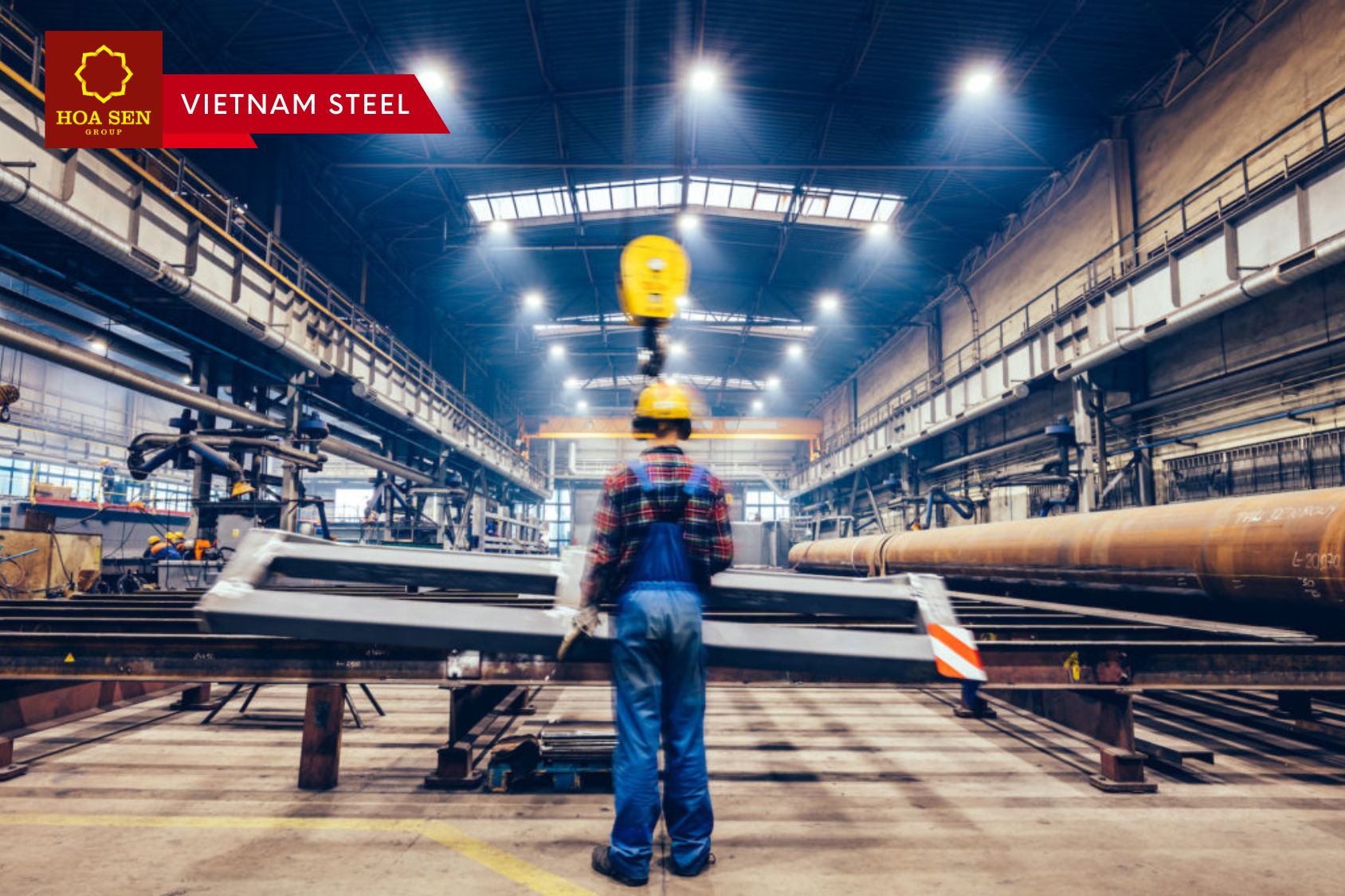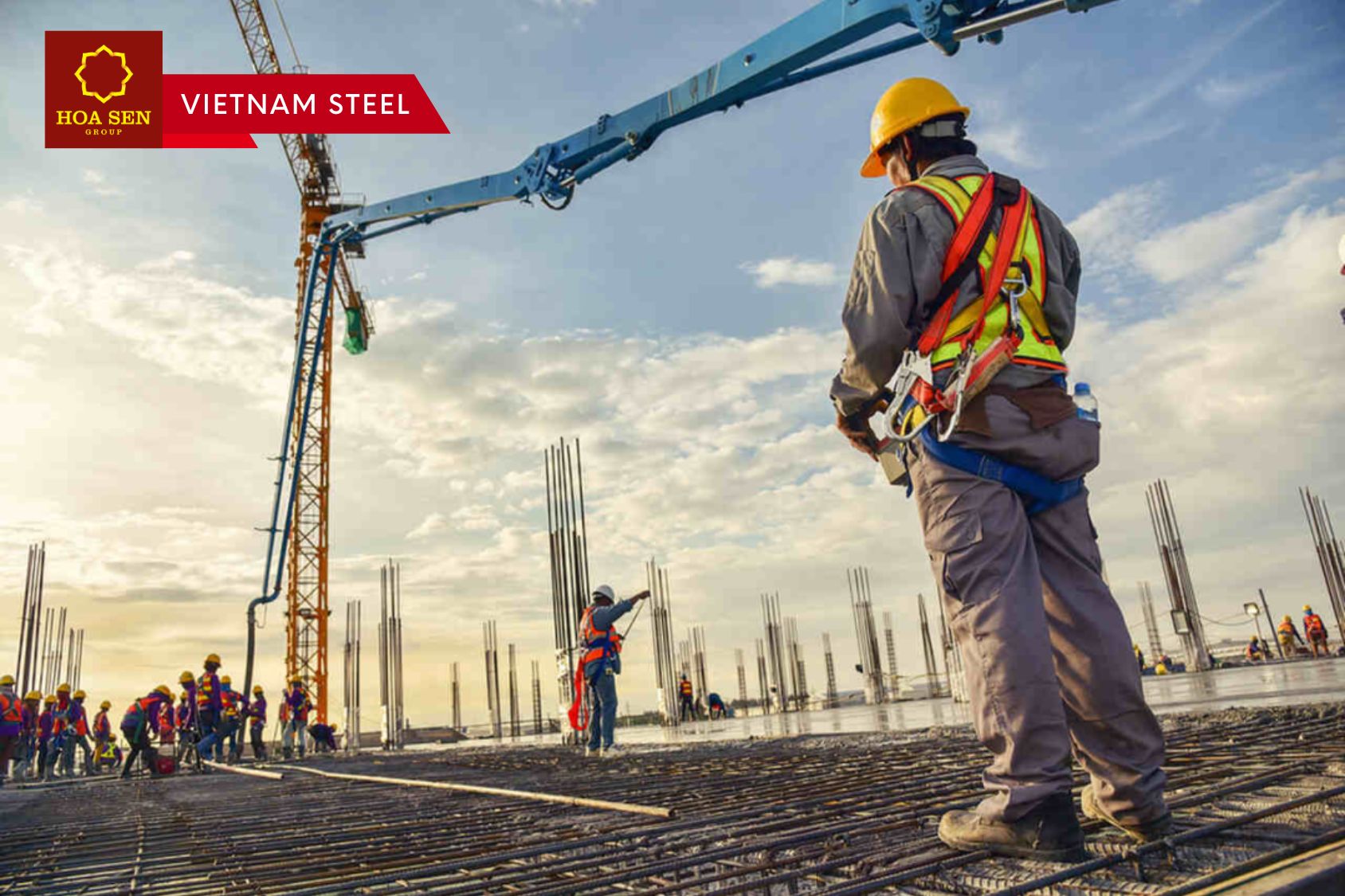Speaking at the SteelOrbis Fall 2024 Conference & 91st IREPAS Meeting taking place in Paris on September 15-17, Yeoh Wee Jin, secretary general of the South Asia Iron and Steel Institute (SEAISI), informed the participants about the latest situation in the ASEAN economy and the regional steel market. He pointed out that all ASEAN economies are growing but the growth is slowing down, adding that inflation is under control while interest rates remain high, resulting in higher business costs and risks. He also said that ASEAN governments remain optimistic about achieving economic growth targets, though 2024 will be a challenging year, given the weakening of external demand, high inflation and interest rates, and the tightening seen in the global financial markets. Looking at the steel markets, Mr. Yeoh said that steel demand in the ASEAN region slowed down to 74 million mt in 2023, declining in many ASEAN countries except in Indonesia and Singapore, adding that many ASEAN countries face economic slowdowns and political uncertainties. Regarding production in the region, the SEAISI official indicated that in 2023 regional steel production contracted to 49.7 million mt, down 1.6 percent year on year, partly due to destocking activities and the postponement of projects in the construction sector. In the ASEAN region, long steel products are largely supplied by local production, while flat steel needs are mostly satisfied through imports which have recovered in the post-pandemic period. In 2023, steel imports increased to 47.5 million mt despite the economic slowdown, accounting for 64 percent of consumption, while steel exports have grown substantially since 2016 amid increasing capacity, from 8.6 million mt in that year to 23.2 million mt in 2023.
Commenting on the EU's Carbon Border Adjustment Mechanism (CBAM), Mr. Yeoh said that the EU's CBAM will kick in slowly as free allowances are removed, and its impact will be low in the early years. He went on to say that, although ASEAN countries export only 5.9 million mt of raw materials, semis and finished goods to the EU, the indirect impact of the EU's CBAM will be more significant than the CBAM itself. He said that is concerned about the potential impact of imports, as exporters will look for alternative markets to replace the EU.
The SEAISI official also talked about Chinese exports, currently one of the hottest topics in the steel industry, stating that China's steel production exceeded demand, leading to the export of massive amounts of steel and that supply reforms led to a migration of induction furnaces to the ASEAN region. He pointed out that Chinese exports in September have exceeded 10 million mt, signaling that another peak year for exports is coming in 2024. In 2023, China's global finished steel exports were approximately 89 million mt. He also stated that Chinese steel exports to the ASEAN region are predominantly flat products. In 2022 and 2023, he noted, China's HRC production expanded significantly in line with the shift in consumption towards the machinery and infrastructure sectors, leading to exports of more flat steel products.
The SEAISI secretary general warned about the unsustainable overcapacity looming in the ASEAN region. He indicated that, if all the integrated mill capacities come on stream, there will be more than 80 million mt of capacity coming up, as well as new DRI/EAF capacities of more than 20 million mt. In ASEAN countries, capacity as of 2021 stood at 78.1 million mt, while, with the new planned projects, capacity is foreseen to increase to 182.5 million mt in 2029-30, he stated.
Read more: Luciano Giua: Resolving global excess capacity is key to steel market recovery
Vietnam Steel by Hoa Sen Group

